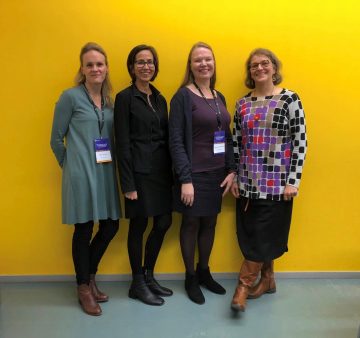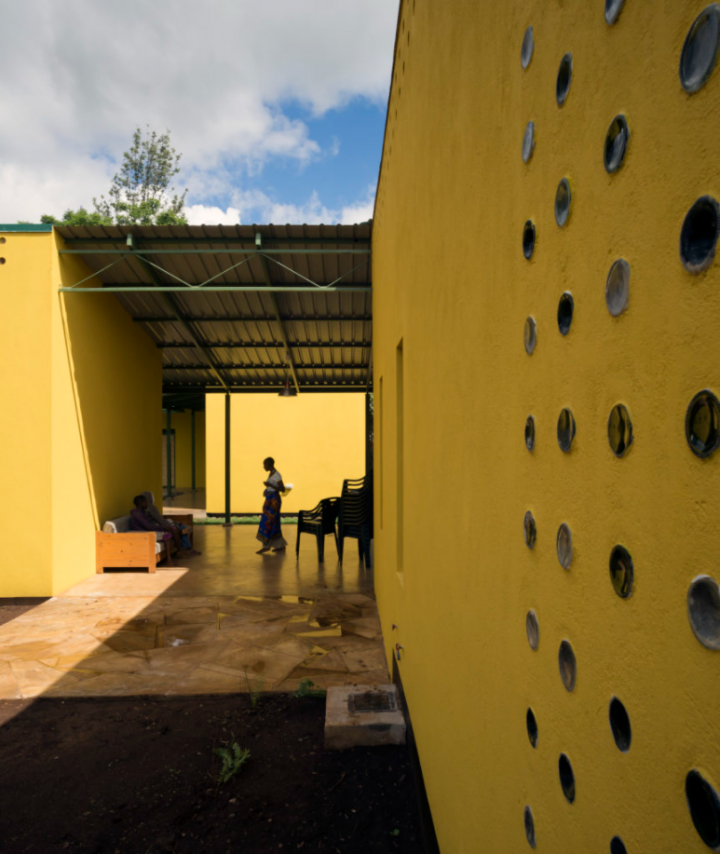KETTUNEN-MATILAINEN: Finnish architects and urban planners in Asia and Africa
Cover photo: Juha Ilonen. Kwieco Women’s Shelter, Moshi, Tanzania. Hollmén Reuter Sandman Architects / Ukumbi NGO 2015. Hollmén Reuter Sandman Architects were invited to present the design project in the main exhibition at the 15th International Architecture Exhibition in 2016 in Venice, Italy.
Thinking about Finnish architects in the international scene, we still tend to envision memories of Alvar Aalto’s functionalist works or Eero Saarinen’s Gateway Arch. True, the internationalization of Finnish architecture has been sporadic and has, for most of the time, rested on the shoulders of a few architects and urban planners. The most well-known works by Aalto as well as Eliel and Eero Saarinen are found in Europe and the United States, and were designed from fifty to a hundred years ago.
However, during the last two decades Finnish architectural offices and professionals have become more continuously active abroad. All Finnish offices are small which limits their possibilities to conquer the world – still, some have taken their chances. In addition to Europe, they have entered the international circuits of planning and architecture in China and the Global South. Several cultural and office buildings and eco-city masterplans have been designed by Finns in China as a response to the immense urbanization needs in different parts of the country. These architects were motivated by the possibility to try their wings, to build professional competences, to do business, and to save the world. Further, humanitarian architecture projects have been accomplished in resource-poor communities in Cambodia, India, Senegal, Tanzania, Rwanda and Egypt by collectives of young Finnish architects and planners. They were originally drawn there as part of their studies on architecture and global development that included field trips to the Global South, and were motivated to continue the personally satisfying and rewarding humanitarian projects alongside their practice elsewhere. Often working with local NGOs, they have designed shelter, youth and village houses, using local materials and engaging local communities in the design and construction of the buildings.
Our research on Finnish architectural offices and professionals working abroad fills a gap, as there are no previous studies on their contemporary internationalization. We studied the places they enter, the designs they do, and the motives to enter these markets. What we found pivotal was their professional ethos that steered them to work on specific kinds of projects in specific places. Some decided to focus on humanitarian activist projects in the Global South, some on aesthetically iconic cultural buildings in Europe, and some, to operate in the complicated but culturally fascinating Chinese environment. This emphasized their value-based choices that balanced between the responsibility, aesthetics, and business elements in their professional ethos. We think that our findings may open new paths for research on the role of professional ethos in the internationalization of firms in other industries as well, especially in the Global South where the needs for responsible and sustainable solutions are high.
ERJA KETTUNEN-MATILAINEN
This blog post is based on our research published in: Kettunen, Erja, Päivi Oinas & Helka Kalliomäki (2021) Circuits of architecture and urban planning: Professional ethos and the internationalization of small architectural offices. Global Networks. DOI:10.1111/glob.12336 https://onlinelibrary.wiley.com/doi/full/10.1111/glob.12336
This study was part of the TSE research project Innovation Districts in Emerging and Advanced Economies for Sustainable Urban Development (IDeaS), led by research director Päivi Oinas.


